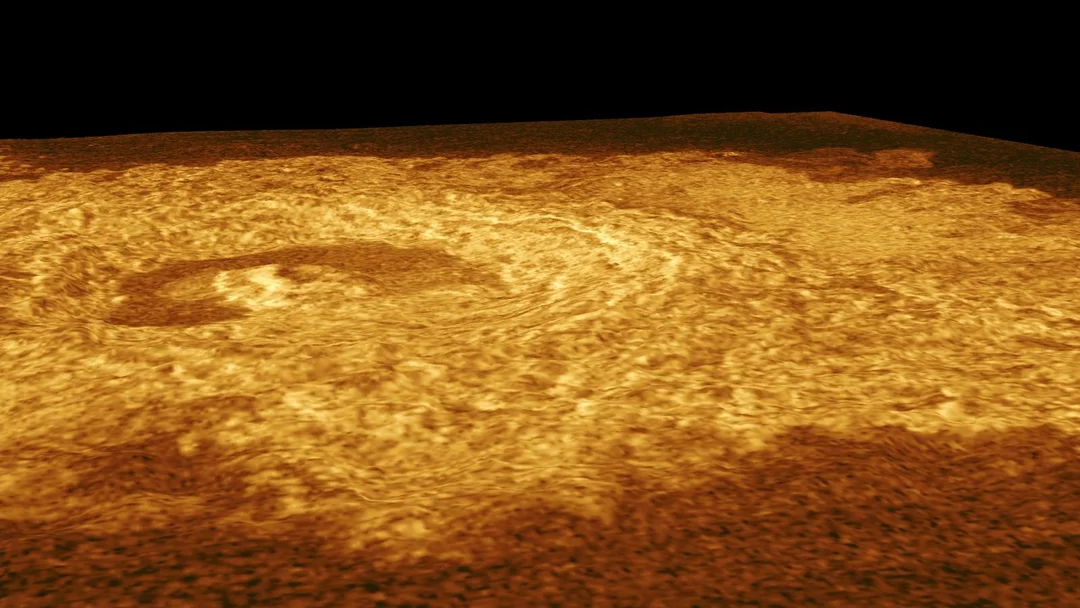
Venus Still ‘Alive’? NASA Data Hints at Unexpected Geological Activity
Is Venus, often dubbed Earth's 'hellish twin', still geologically active? A shocking reanalysis of 30-year-old data from NASA's Magellan spacecraft suggests the answer might be yes. This discovery challenges the long-held view of Venus as a dead planet and could revolutionize our understanding of planetary evolution, particularly in comparison to Earth.
The key to this revelation lies in coronae, large, ring-shaped features on Venus' surface. Scientists, revisiting data from the Magellan mission, found evidence that these coronae are being actively shaped by plumes of hot material rising from the planet's mantle. This indicates that Venus’s crust is still being sculpted from within, sharing more internal dynamics with Earth than previously thought.

Gael Cascioli, an assistant research scientist at NASA's Goddard Space Flight Center, stated, "This research has provided a new and important insight into the possible subsurface processes currently shaping the surface of Venus." His team simulated various formation scenarios for the coronae, comparing them with Magellan data. The close alignment between the predicted and actual data left them astonished: "We could hardly believe our eyes," Cascioli told Scientific American.
Of the 75 coronae analyzed, 52 appear to be located above buoyant mantle plumes, suggesting ongoing activity. Anna Gülcher, a planetary scientist at the University of Bern, emphasized that these processes might mirror those that occurred early in Earth's history. This raises intriguing questions about how Venus's geological evolution diverged from Earth's, leading to its current inhospitable state.
The thinness of Venus's crust, estimated at around 40 miles (65 kilometers) in many areas, further supports the idea of geological dynamism. Justin Filiberto, deputy chief of NASA's Astromaterials Research and Exploration Science Division, suggests that the shedding or melting of this crust could recycle water and other materials back into the planet's interior, potentially fueling volcanic activity and influencing its atmosphere.
These findings have significant implications for upcoming missions to Venus. NASA's VERITAS mission, slated to map the planet's surface at a higher resolution, and the DAVINCI mission, focused on studying Venus' atmosphere and surface chemistry, aim to gather direct data to refine existing models. The European Space Agency's EnVision mission will also provide high-resolution surface mapping.
Suzanne Smrekar, a planetary scientist at the Jet Propulsion Laboratory, anticipates that these missions will deliver "a level of detail that could revolutionize our understanding of Venus's geology and its implications for early Earth."
The resurgence of Venus as a potential site of geological activity opens up exciting new avenues for research. Could Venus hold clues to understanding the early Earth and the factors that determine a planet's habitability? Only further exploration and data analysis will tell.
What do you think of this surprising discovery? Share your thoughts and predictions in the comments below!